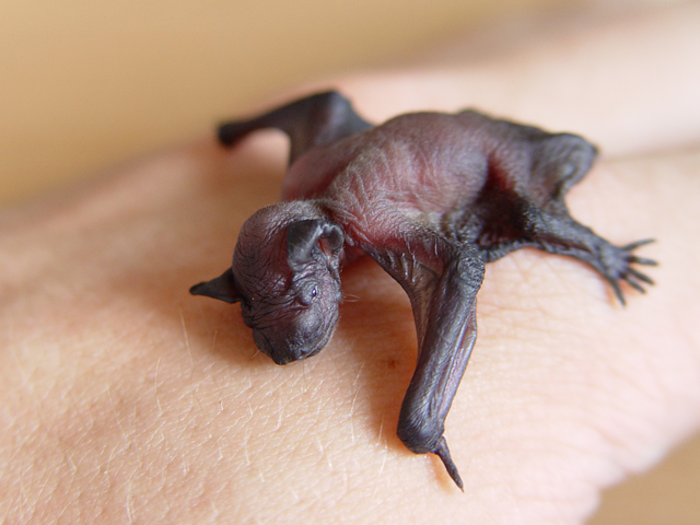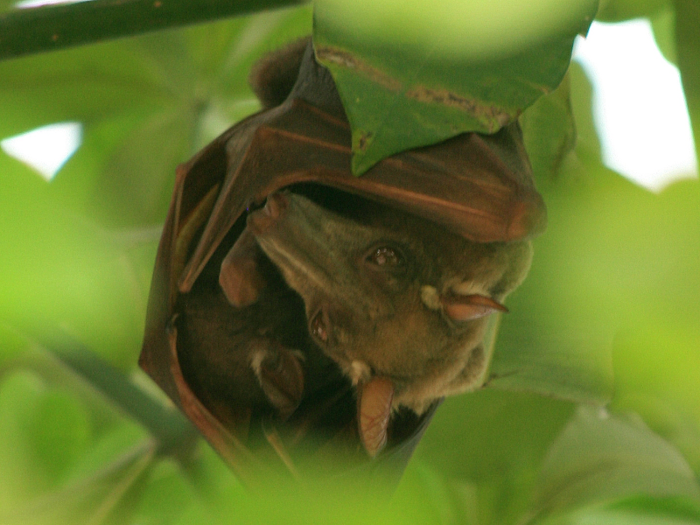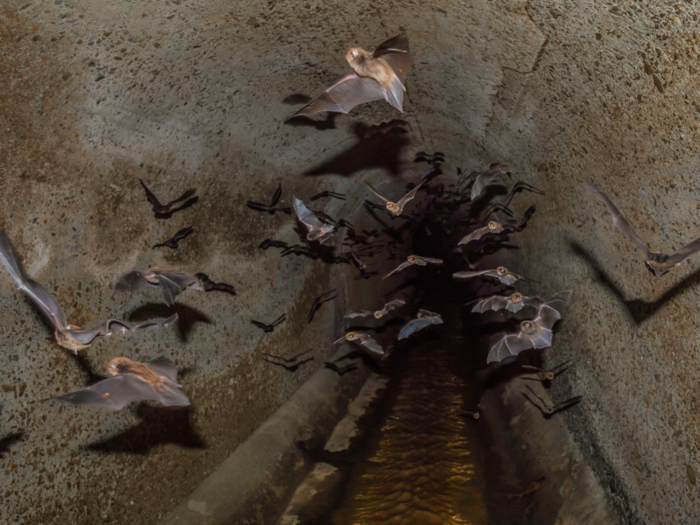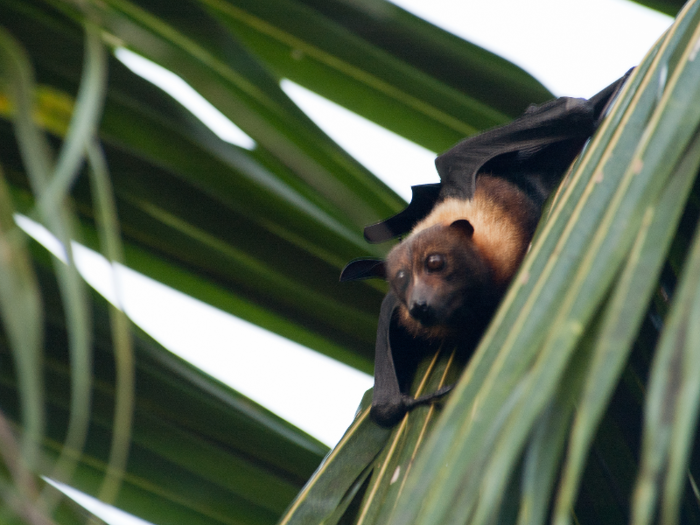Bats aren't as creepy as you think - here are 5 of the coolest species
Ghost bats

Bumblebee bats

Only about 1.1 inches long, the bumblebee bat is the smallest mammal in the world. It weighs only 2 grams. In fact, it is so small that it is actually about the same size as a bumblebee, explaining its name.
The Bumblebee bat is reddish-brown to gray in color, with a pig-like nose, large ears, and tiny eyes. It has relatively long forearms (1 inch) that helps it achieve a special trick: hover mid-air like hummingbirds. It eats flies and spiders.
The bumblebee bat lives in groups of varying size (from 10 up to 500) inside limestone caves within evergreen or deciduous forests in Thailand and Myanmar. The species was first discovered in 1974, but today the bumblebee bat is endangered and its population is declining. It has become an attraction for collectors and tourists who want to catch a glimpse of this tiny creature. The burning of forests near the caves where it lives is also threatening its survival.
Hammer-headed bats

Hammer-headed bats are the largest bats in Africa. They live in the swamps, mangroves, and palm forests of central Africa.
They show strong sexual dimorphism, meaning males and females are very different looking from one another. Both males and females have large, square-shaped heads, brown fur with a white collar, and a large, flexible thumb. But males are bigger and have large lips, warty snouts, and a split chin with cheek pouches.
These bats eat the juice of mangoes, bananas, and guavas. They mate in an arena type setting — 25 to 130 bats will gather along tree branches by the river at night to mate.
The good news is that hammer-headed bats are under no special conservation status and their numbers are currently sustainable.
Vampire bats

As the only bat known to feed entirely on blood, vampire bats are usually the ones that people are afraid of. But don't worry, they rarely bite people because they don't like human blood.
Vampire bats live in caves in Mexico, Central America, and South America. Their body size is only about as long as an adult's thumb, but their wingspan can reach up to 8 inches. They have a short muzzle, amber colored fur on their backs, and light brown fur on their bellies.
They usually gather in colonies of about 100 bats, but they can reach up to 1,000. In a single year, a colony of 100 bats can drink the blood of about 25 cows. When feasting, vampire bats use their razor-sharp teeth to puncture their victim's skin and then they drink for about 30 minutes. They have a special saliva to prevent blood from clotting while they drink. Interestingly, if a bat can't find blood to drink, it will approach another roosting bat in hopes of a blood transfusion until its next meal.
Flying foxes

To wrap up the list are possibly the most astonishing bats of them all: flying foxes.
These bats can have a wingspan of over 6 feet and weigh around 2.5 pounds (1,000 grams). They have a red head that becomes gold during breeding season. Their backs are black with spots of white. They have long snouts and pointed ears that make them look kind of like foxes.
Flying foxes eat nectar, pollen, and fruit. Their keen sense of smell and spectacular sight help them find food. They have been known to fly up to 37 miles a night to find food. Since flying foxes have diets similar to bees, they act as great pollinators, helping maintain the health and reproduction of flowering trees.
Flying foxes live in Australia, Vietnam, Malaysia, Borneo, Sumatra, and other small islands. They are listed as near threatened, and their population is declining due to hunting and habitat destruction.
Popular Right Now
Popular Keywords
Advertisement